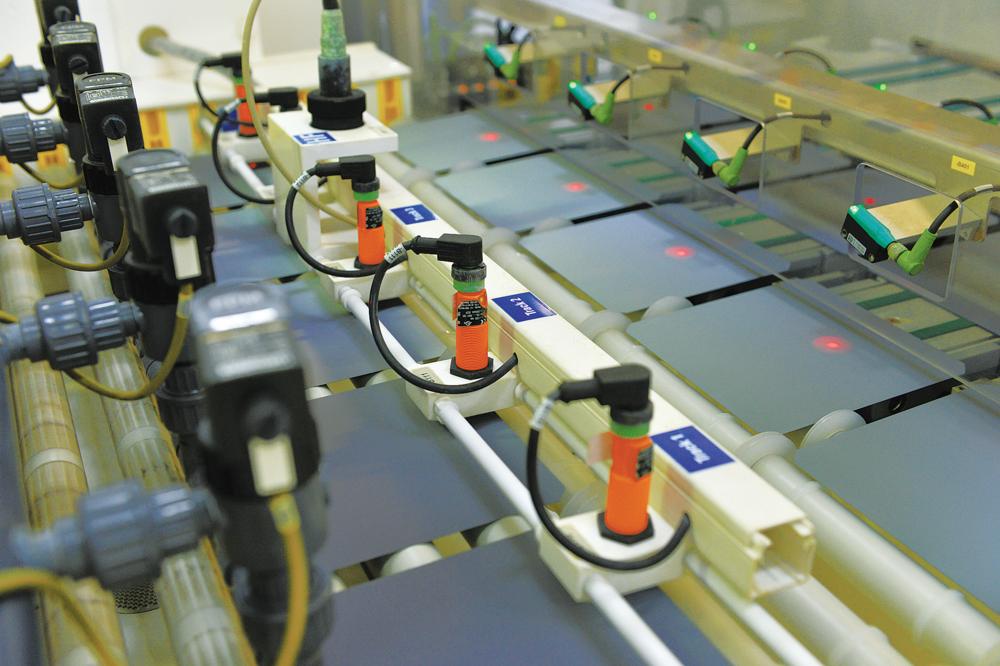With the increasing adoption of new energy and electronic products, batteries, as one of their core components, demand exceptional safety and reliability. The battery explosion-proof test chamber is a specialized testing device designed to evaluate the safety performance of batteries under various temperature conditions, particularly their stability and explosion-proof capabilities in extreme high and low-temperature environments. This test chamber is widely used in quality inspection and R&D processes for various types of batteries, including lithium-ion, lead-acid, and nickel-metal hydride batteries.
The working principle of the battery explosion-proof test chamber combines two main functions: high/low-temperature testing and explosion-proof protection. The chamber is equipped with an efficient heating and cooling system that quickly and accurately adjusts the internal temperature to user-defined high or low levels and maintains stability. Additionally, to simulate battery usage under extreme temperatures, the chamber is fitted with dedicated battery testing modules and a data acquisition system to monitor battery performance parameters.
Explosion-proof functionality is one of the key features of the battery explosion-proof test chamber. The chamber typically features a reinforced shell and specialized explosion-proof design to ensure that, even if a battery undergoes thermal runaway or explosion during testing, it poses no threat to the external environment or personnel safety. Furthermore, the chamber may include pressure release systems, gas analysis instruments, and remote monitoring systems to provide comprehensive safety protection.

The primary purpose of using a battery explosion-proof test chamber is to verify the safety and reliability of batteries under extreme temperature conditions. By simulating charge-discharge cycles in high and low-temperature environments, the chamber helps assess a battery's thermal stability, structural integrity, and electrical performance. These tests are crucial for identifying potential defects such as overheating, internal short circuits, and electrolyte leakage.
The advantages of the battery explosion-proof test chamber lie in its ability to provide a safe and controlled testing environment. It not only simulates various extreme temperature conditions that batteries may encounter in real-world applications but also safeguards operators and equipment in case of accidents. Moreover, modern battery explosion-proof test chambers often integrate automated testing procedures and intelligent control systems, enhancing testing accuracy and efficiency.
However, the use of battery explosion-proof test chambers requires strict adherence to operational protocols. Operators must undergo professional training to familiarize themselves with battery characteristics and testing procedures. Additionally, regular maintenance and calibration of the chamber are essential to ensure its performance and safety.
In scientific research and product development, the battery explosion-proof test chamber serves as a vital tool for studying the behavior of battery materials and designs under extreme temperatures. In quality control, it is used for sampling tests on mass-produced batteries to ensure that each unit operates safely within specified temperature ranges.
The battery explosion-proof test chamber is a critical link in ensuring battery safety. It not only helps researchers and engineers understand battery performance under extreme temperature conditions but also guarantees the safety and reliability of consumer products. As new energy technologies continue to evolve, the battery explosion-proof test chamber will play an increasingly important role in enhancing battery quality and advancing the energy transition.














